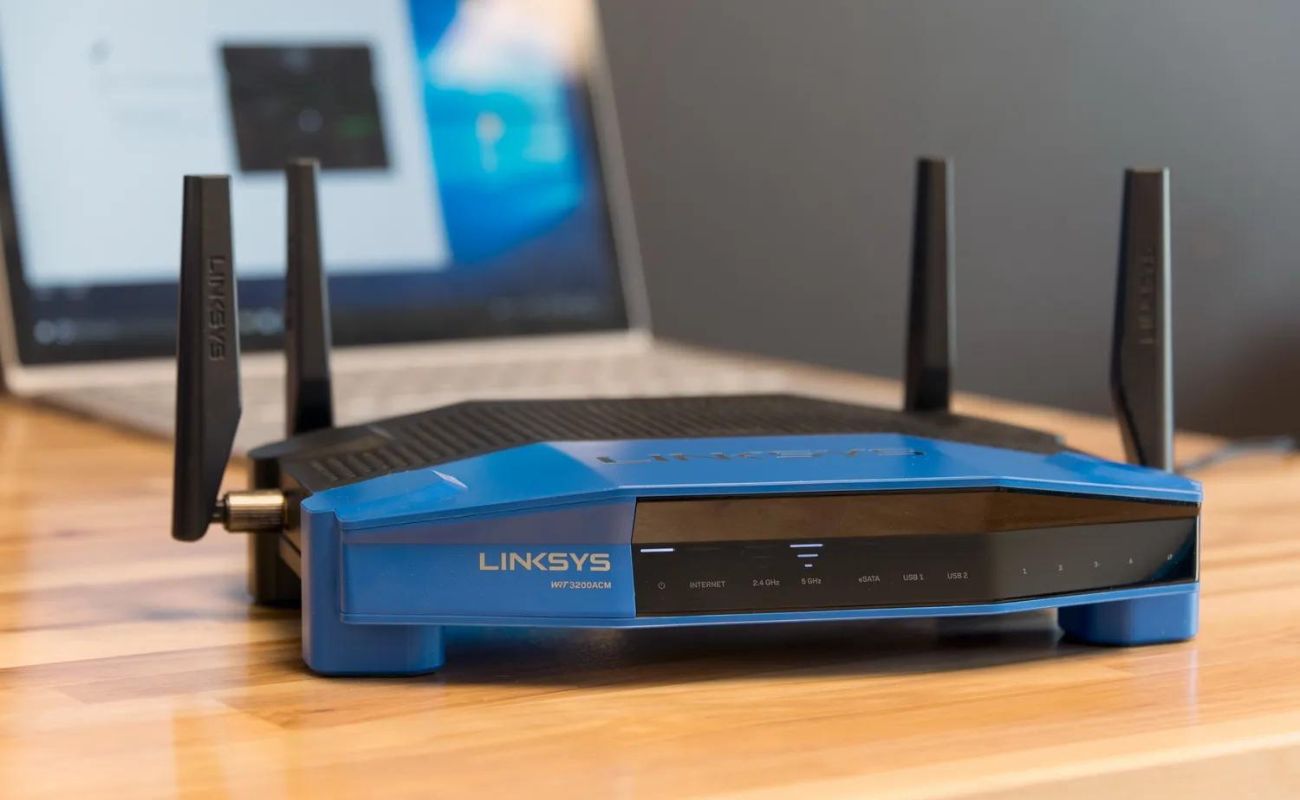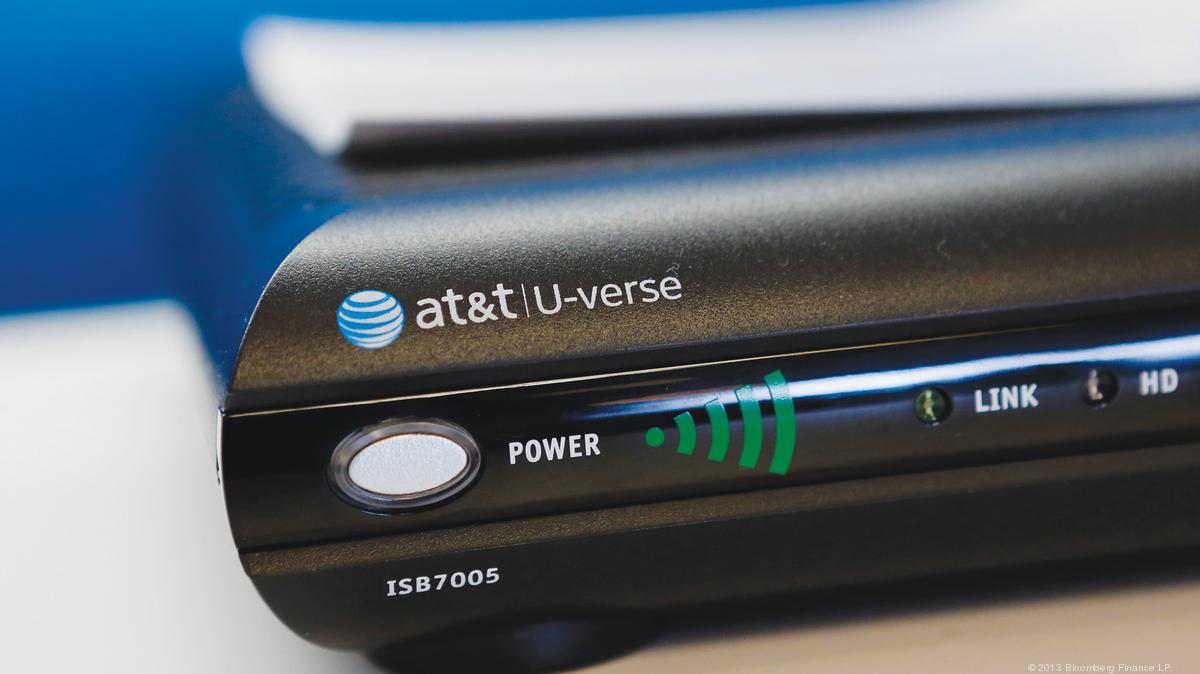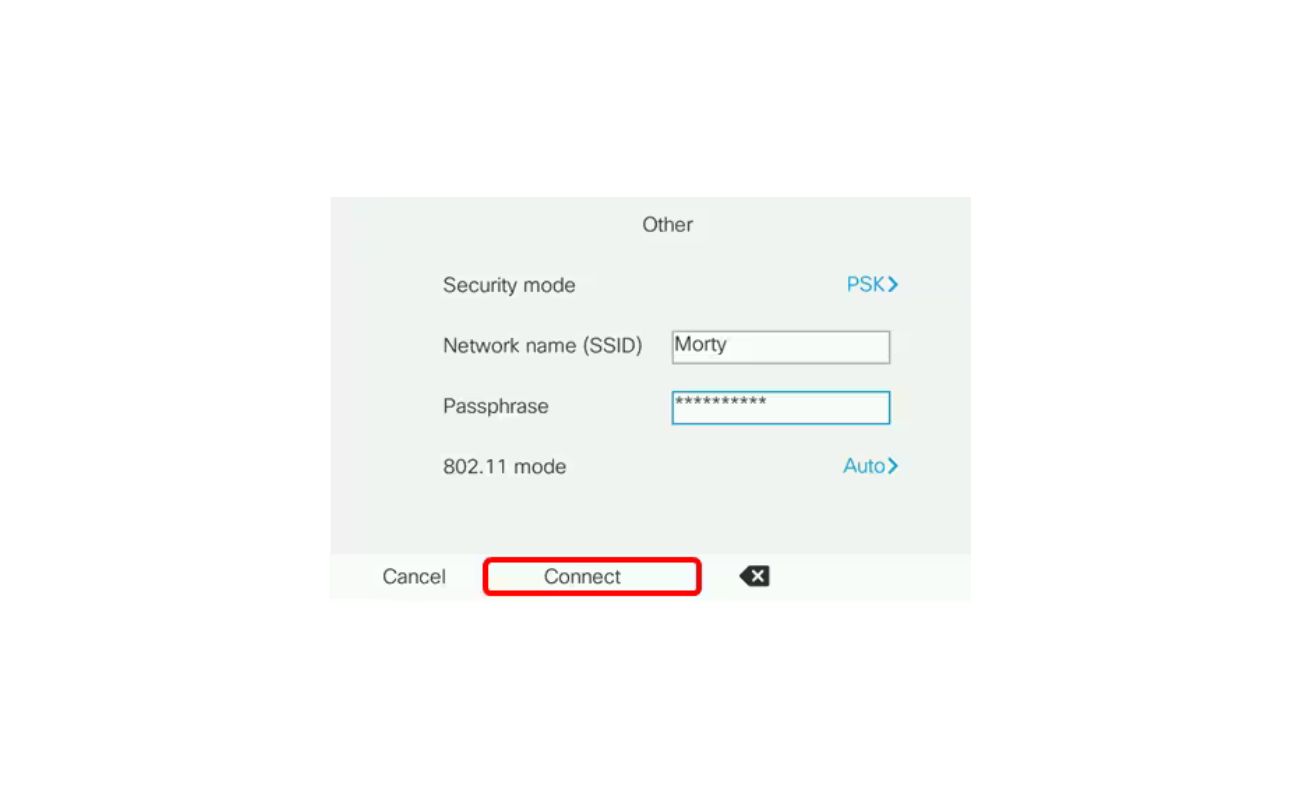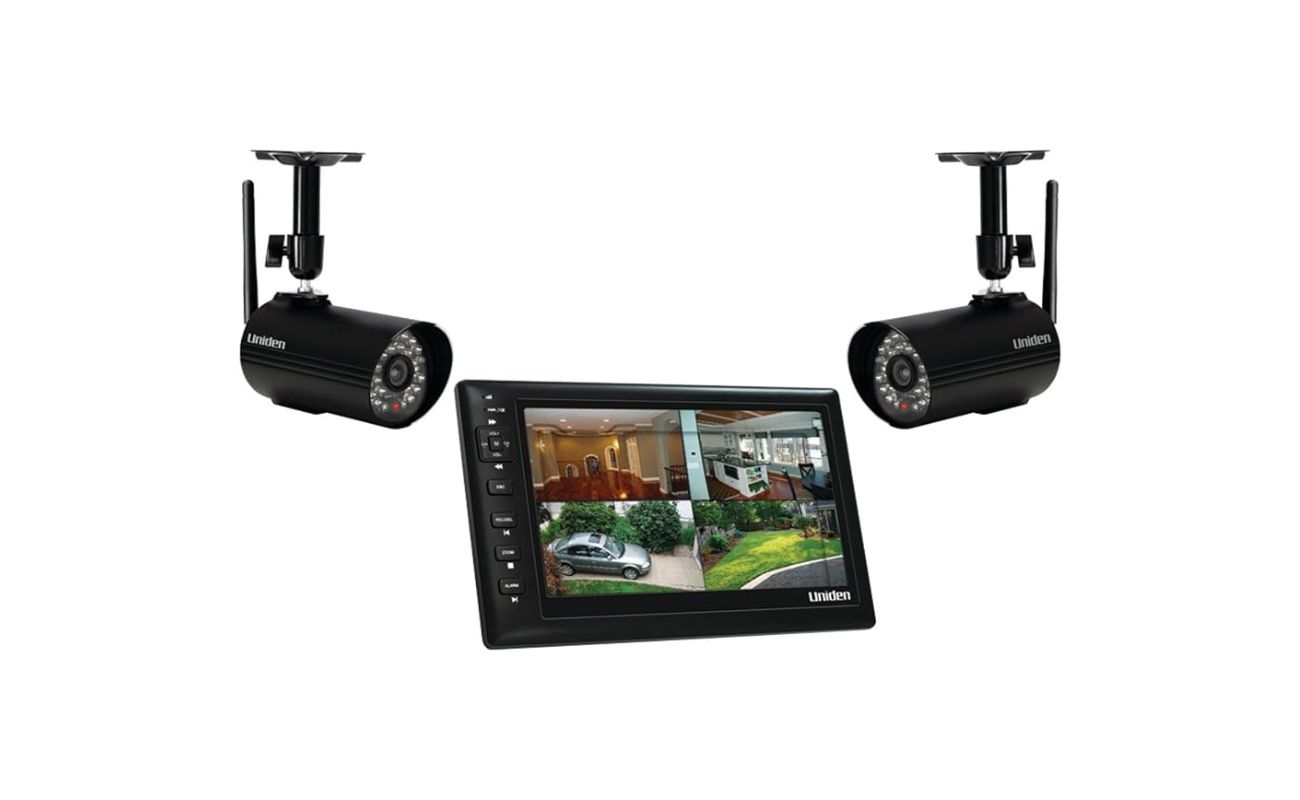Home>Home Security and Surveillance>What Form Of Wireless Security Protocol Is The Least Secure?


Home Security and Surveillance
What Form Of Wireless Security Protocol Is The Least Secure?
Modified: August 28, 2024
Learn about the least secure wireless security protocol for home security and surveillance to ensure your system remains protected.
(Many of the links in this article redirect to a specific reviewed product. Your purchase of these products through affiliate links helps to generate commission for Storables.com, at no extra cost. Learn more)
Introduction
Welcome to the world of home security and surveillance! In today’s technologically advanced era, it is essential to prioritize the safety and protection of our homes and loved ones. One effective way to achieve this is through the implementation of a robust wireless security protocol.
Wireless security protocols are crucial in safeguarding our home networks from unauthorized access and potential security breaches. These protocols establish a secure connection between our devices and the Wi-Fi network, ensuring that our data remains confidential and protected.
However, not all wireless security protocols are created equal. Some offer stronger encryption and more advanced security features, while others may have vulnerabilities that can be exploited by hackers. In this article, we will explore the different wireless security protocols available and identify which one is the least secure.
Key Takeaways:
- WEP is the least secure wireless security protocol due to its vulnerability to brute force and key collision attacks, making it highly insecure and unsuitable for protecting home networks.
- WPA3 offers the highest level of security among wireless security protocols, with features like SAE for key exchange and protection against brute force attacks, making it the most advanced and secure option for safeguarding home networks.
Wired Equivalent Privacy (WEP)
Wired Equivalent Privacy, commonly known as WEP, was one of the earliest wireless security protocols introduced in the late 1990s. Although it was designed to provide security comparable to that of a wired network, it is now considered one of the least secure protocols available.
The main weakness of WEP lies in its encryption algorithm. WEP uses a 40-bit or 104-bit key to encrypt data transmitted over the wireless network. However, the key is static and does not change, making it vulnerable to attacks.
One of the most significant vulnerabilities of WEP is its susceptibility to brute force attacks. In a brute force attack, a hacker uses automated software to try all possible combinations of the encryption key until the correct one is found. Due to the limited key length used by WEP, it can be relatively easy for attackers to crack the encryption.
Another common attack on WEP is the key collision attack. In this attack, a hacker intercepts multiple data packets encrypted with the same WEP key. By analyzing these packets, the hacker can reveal the key and gain unauthorized access to the network.
Additionally, WEP lacks the ability to detect and prevent unauthorized access attempts. Once an attacker has obtained the WEP key, they can freely access the network and potentially compromise sensitive data.
Given the vulnerabilities mentioned above, WEP is considered highly insecure and should not be used as a primary wireless security protocol. It is highly recommended to upgrade to a more secure protocol to ensure the protection of your home network.
Wi-Fi Protected Access (WPA)
Wi-Fi Protected Access, commonly known as WPA, was introduced as an improvement over the vulnerable WEP protocol. It aimed to address the security flaws present in its predecessor and provide a higher level of protection for wireless networks.
Compared to WEP, WPA introduced stronger encryption algorithms and enhanced security features. One of the significant improvements was the use of Temporal Key Integrity Protocol (TKIP) for encryption. TKIP dynamically generates unique encryption keys for each data packet, making it much more resistant to attacks.
Despite the improvements, WPA is still susceptible to certain types of attacks. One such attack is the dictionary attack, where an attacker uses a precomputed list of commonly used passwords to attempt to gain access to the network. If the Wi-Fi password is weak and common phrases are used, this can make it easier for an attacker to crack the passphrase and infiltrate the network.
In addition, WPA is also susceptible to brute force attacks, similar to WEP. With enough computational power, an attacker can attempt to guess the WPA passphrase by going through various combinations until the correct one is found. However, due to the use of stronger encryption algorithms and the implementation of a passphrase with a longer length, brute force attacks on WPA are significantly more difficult and time-consuming compared to WEP.
To enhance the security of WPA, it is essential to use a strong and unique passphrase comprising a combination of uppercase and lowercase letters, numbers, and special characters. This can significantly increase the strength of the encryption and make it more challenging for attackers to crack the passphrase.
While WPA improved upon the security of WEP, it is still not considered the most secure wireless security protocol available today. It is advisable to upgrade to the latest protocol, WPA2, or even the latest WPA3, for enhanced security and protection against potential attacks.
WPA2
Wi-Fi Protected Access 2 (WPA2) is currently the most widely used wireless security protocol and represents a significant improvement over its predecessor, WPA. WPA2 was introduced to address the vulnerabilities present in both WEP and WPA and provide a higher level of security for wireless networks.
Compared to WPA, WPA2 offers enhanced security through the implementation of the Advanced Encryption Standard (AES) algorithm, which provides more robust encryption and protection for data transmitted over the network. The use of AES encryption makes it significantly more challenging for attackers to decipher the encrypted data.
However, despite its enhanced security, WPA2 is not without its potential weaknesses. One notable vulnerability that surfaced in recent years is the KRACK (Key Reinstallation Attack) attack. KRACK takes advantage of a flaw in the WPA2 four-way handshake process, allowing an attacker to intercept and manipulate network traffic, potentially leading to the decryption of sensitive information.
Although the KRACK attack brought significant concerns to light, it is important to note that this vulnerability has been addressed through patches and updates provided by device manufacturers and software vendors. It is crucial to keep your devices up to date with the latest security patches to mitigate the risk of potential attacks.
In addition, the security of WPA2 can also be compromised through weak, easily guessable passphrases. Like any other security protocol, WPA2’s effectiveness relies heavily on the strength of the chosen passphrase. It is essential to use a complex and unique passphrase with a combination of upper and lowercase letters, numbers, and special characters to minimize the risk of unauthorized access.
Overall, WPA2 is considered a robust wireless security protocol that offers significant improvements over its predecessors, providing enhanced encryption and protection for wireless networks. However, it is important to remain vigilant and keep devices updated to stay protected against potential vulnerabilities and emerging security threats.
WEP (Wired Equivalent Privacy) is the least secure wireless security protocol. It is vulnerable to hacking and should be avoided in favor of more secure options like WPA2 or WPA3.
WPA3
WPA3 is the latest wireless security protocol that builds upon the foundation laid by WPA2. It was introduced to further enhance the security and protection of wireless networks, addressing the vulnerabilities that emerged over time. With its improved features and capabilities, WPA3 offers an even higher level of security compared to its predecessors.
One of the significant advancements in WPA3 is the implementation of Simultaneous Authentication of Equals (SAE), also known as Dragonfly protocol, for establishing secure connections. SAE relies on a stronger key exchange method, making it more resistant to attacks such as brute force and dictionary attacks.
Brute force attacks, where an attacker systematically tries all possible combinations of a password until the correct one is found, have been a common concern in wireless security. WPA3 addresses this issue by introducing stronger safeguards against brute force attacks. It includes measures to limit the number of authentication attempts an attacker can make, making it significantly more difficult and time-consuming to crack the passphrase.
Furthermore, WPA3 offers increased protection in open Wi-Fi networks. Public Wi-Fi networks have long been a prime target for attackers seeking to intercept data and launch various types of attacks. WPA3 introduces Opportunistic Wireless Encryption (OWE) for open networks, encrypting data transmitted between devices and the access point, even without a password. This feature enhances security and privacy when connecting to public Wi-Fi hotspots.
Another key feature of WPA3 is the Individualized Data Encryption. In WPA2, all devices connected to the same Wi-Fi network share the same encryption key. This means that if one device is compromised, all other devices are potentially at risk. WPA3 resolves this issue by providing unique encryption keys for each device, isolating their data from others, and enhancing overall network security.
WPA3 represents a significant leap forward in wireless security, providing enhanced protection against various attacks, especially brute force attacks. However, it is important to note that WPA3 is still relatively new, and its widespread adoption may take time. In the meantime, it is advisable to ensure that your devices, routers, and access points are updated to the latest firmware to take advantage of the security enhancements offered by WPA3.
Read more: What Are Wireless Security Protocols
Comparison and Conclusion
When it comes to evaluating the least secure wireless security protocol, it is essential to consider the vulnerabilities and weaknesses of each protocol discussed earlier. While all wireless security protocols have their strengths and weaknesses, some are more vulnerable to attacks than others.
WEP, being the oldest and least secure protocol, is susceptible to a range of attacks, including brute force and key collision. Its weak encryption algorithm and lack of effective security measures make it highly insecure, and it is strongly advised to avoid using WEP as the primary security protocol.
While WPA improved upon the weaknesses of WEP, it is still susceptible to attacks such as dictionary and brute force attacks, albeit to a lesser extent. The use of a strong and unique passphrase can significantly enhance the security of WPA. However, given the availability of more secure protocols, it is recommended to upgrade to a more advanced option.
WPA2, the widely adopted and currently prevalent wireless security protocol, offers enhanced security compared to its predecessors, thanks to the implementation of the AES encryption algorithm. Despite its robust security features, it is not immune to vulnerabilities such as the KRACK attack. Regularly updating devices and routers with the latest security patches is crucial for mitigating such risks.
WPA3, the latest wireless security protocol, provides the highest level of security among the discussed options. With features like SAE for key exchange, protection against brute force attacks, Opportunistic Wireless Encryption (OWE) for open networks, and Individualized Data Encryption, WPA3 offers significant advancements in wireless security.
However, it is important to note that the adoption of WPA3 may vary, and compatibility might be limited as it gains mainstream acceptance. Therefore, while WPA3 is the most secure option available, it is also important to consider the compatibility and support for WPA3 when choosing a wireless security protocol.
Ultimately, the choice of the wireless security protocol will depend on various factors, such as the devices being used, network infrastructure, and compatibility requirements. It is recommended to opt for the most secure protocol that is supported by your devices and routers, ensuring your network remains protected against potential threats.
In conclusion, the least secure wireless security protocol is undoubtedly WEP, followed by WPA, while WPA2 and WPA3 offer significant improvements in security. Upgrading to a more secure protocol and implementing best practices, such as using robust passphrases, staying updated with security patches, and practicing good network hygiene, will go a long way in ensuring the safety and protection of your home network.
References
1. Wi-Fi Alliance. (2019). Wi-Fi Protected Access Security (WPA3). Retrieved from https://www.wi-fi.org/discover-wi-fi/security
2. Gartner. (2016). How to Choose the Right Wi-Fi Security Standard. Retrieved from https://www.gartner.com/smarterwithgartner/how-to-choose-the-right-wi-fi-security-standard/
3. PCMag. (2021). Wireless Security Keys. Retrieved from https://www.pcmag.com/encyclopedia/term/wireless-security-keys
4. Open Web Application Security Project (OWASP). (n.d.). OWASP Internet of Things Project. Retrieved from https://owasp.org/www-project-internet-of-things-project/
5. Wi-Fi Alliance. (2018). FAQ: Wi-Fi Security. Retrieved from https://www.wi-fi.org/learning-center/faq/wi-fi-security
6. CERT Coordination Center. (2017). Wi-Fi Protected Access (WPA) Weaknesses. Retrieved from https://www.kb.cert.org/vuls/id/228519/
Frequently Asked Questions about What Form Of Wireless Security Protocol Is The Least Secure?
Was this page helpful?
At Storables.com, we guarantee accurate and reliable information. Our content, validated by Expert Board Contributors, is crafted following stringent Editorial Policies. We're committed to providing you with well-researched, expert-backed insights for all your informational needs.














